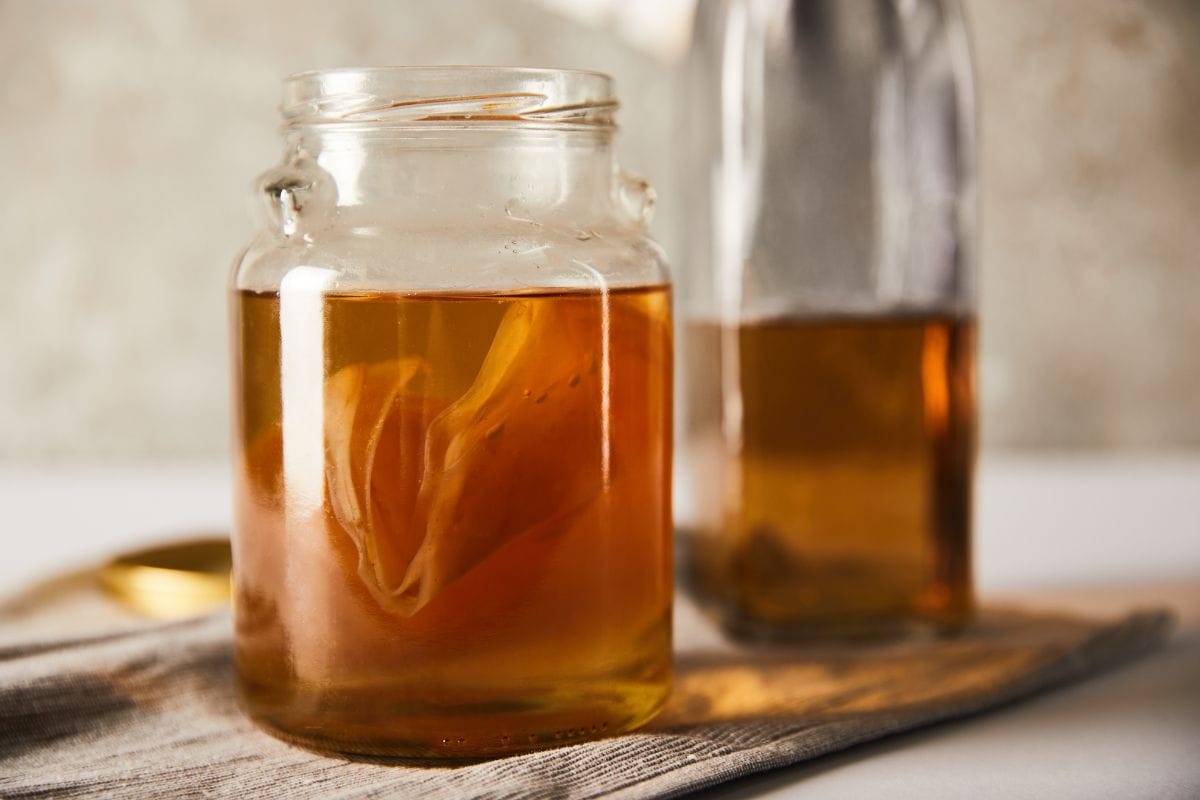
This guide dives deep into what a SCOBY really is, how it works, and why understanding it is key to knowing whether your kombucha is alive, effective, or just fizzy flavoured tea.
SCOBY Defined: Not a Thing, But a Community
SCOBY stands for Symbiotic Culture of Bacteria and Yeast. It’s a living, gelatinous mat made up of different microorganisms working together to:
Each SCOBY is a little microbial ecosystem. No two are exactly the same, because environmental conditions (temperature, oxygen, tea type, previous batches) shape the balance of bacteria and yeast.
Want proof? The Good Brew kombucha study found over 200 distinct microbial strains in just one batch of raw kombucha. That’s microbial diversity in action.

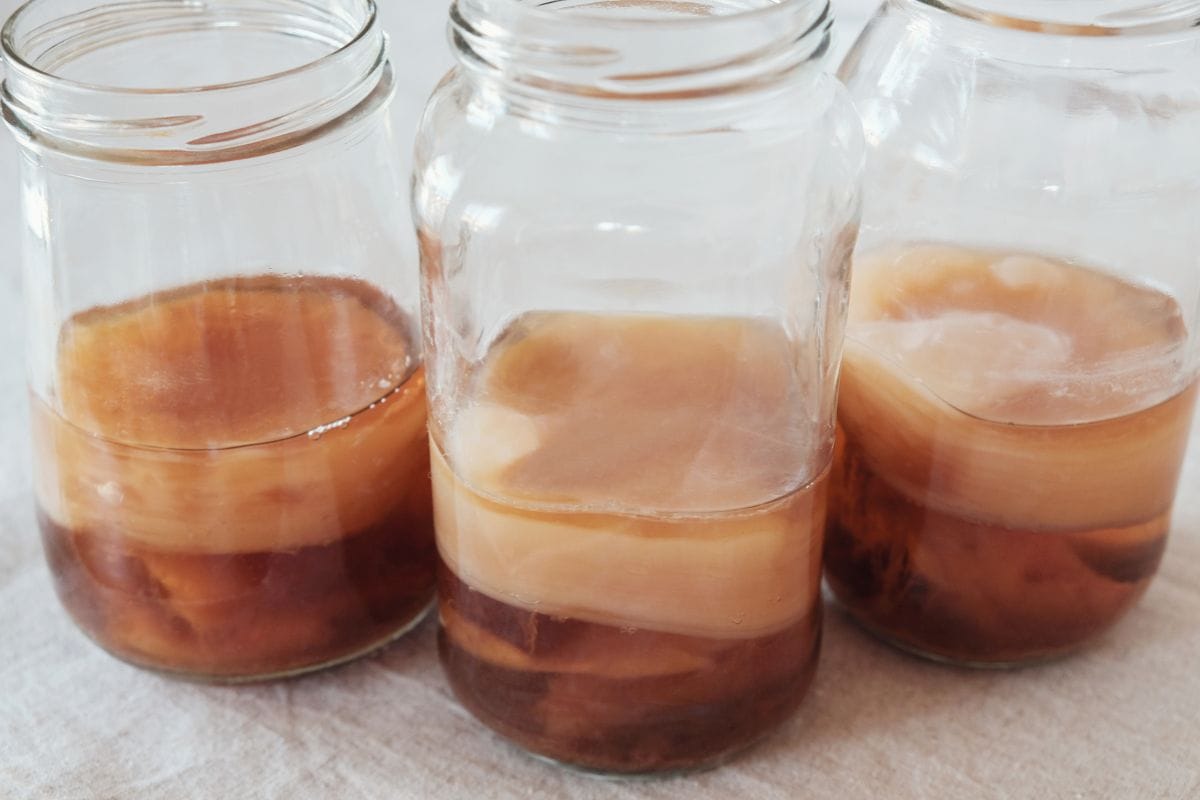
How a SCOBY Forms
SCOBYs are self-generating. During the fermentation process:
- Yeasts begin breaking down sugars into alcohol and CO₂
- Bacteria convert alcohol into acetic and gluconic acids
- A thin, cellulose mat forms at the surface
- Over time, this mat thickens — becoming the jelly-like SCOBY
This mat floats on top and helps seal the brew from oxygen, while keeping the fermentation aerobic enough for acetic acid bacteria to thrive.
What’s Inside a Healthy SCOBY?
SCOBYs are home to several families of bacteria and yeasts, including:
(produces acetic acid)
(produces gluconic acid)
(yeasts responsible for alcohol and CO₂)
(known for resilience and fermentation depth)
These names might sound technical, but together they:
Lower the pH
Preserve the drink
Introduce gut-friendly microbes
Create natural carbonation (not from a gas canister)
No Two SCOBYs Are Alike
Mass-market kombucha often aims for consistency by:
In contrast, raw brewers like Good Brew embrace the natural diversity of SCOBYs. Each batch may carry:
Think of it like sourdough starter or natural wine — alive, evolving, and authentic.
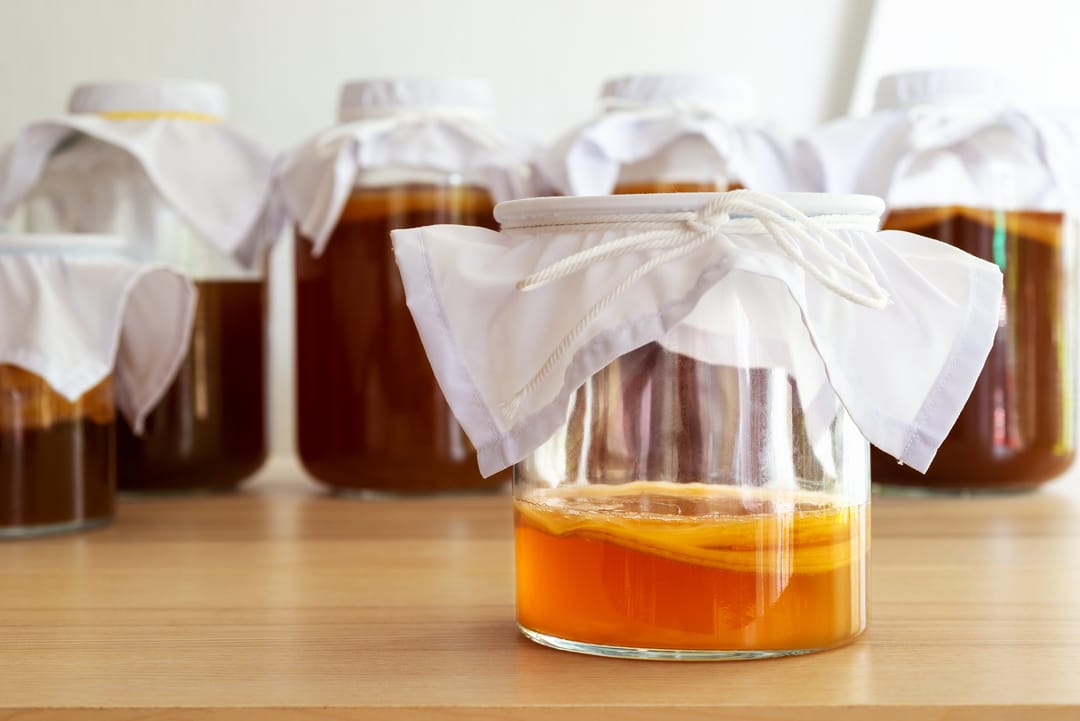
SCOBY Appearance: What’s Normal?
A lot of people are put off by SCOBYs because, frankly, they look strange. Here’s what’s totally normal:
| Feature | Meaning |
|---|---|
| Creamy/tan colour | Active fermentation |
| Brown strands | Yeast byproducts (harmless) |
| Uneven thickness | Natural growth patterns |
| Bubbles or layers | CO₂ forming in the cellulose mat |
Avoid SCOBYs with:
Green, blue, or black mould
Sharp, sour rot smells (not tangy vinegar)
Dry or cracking textures
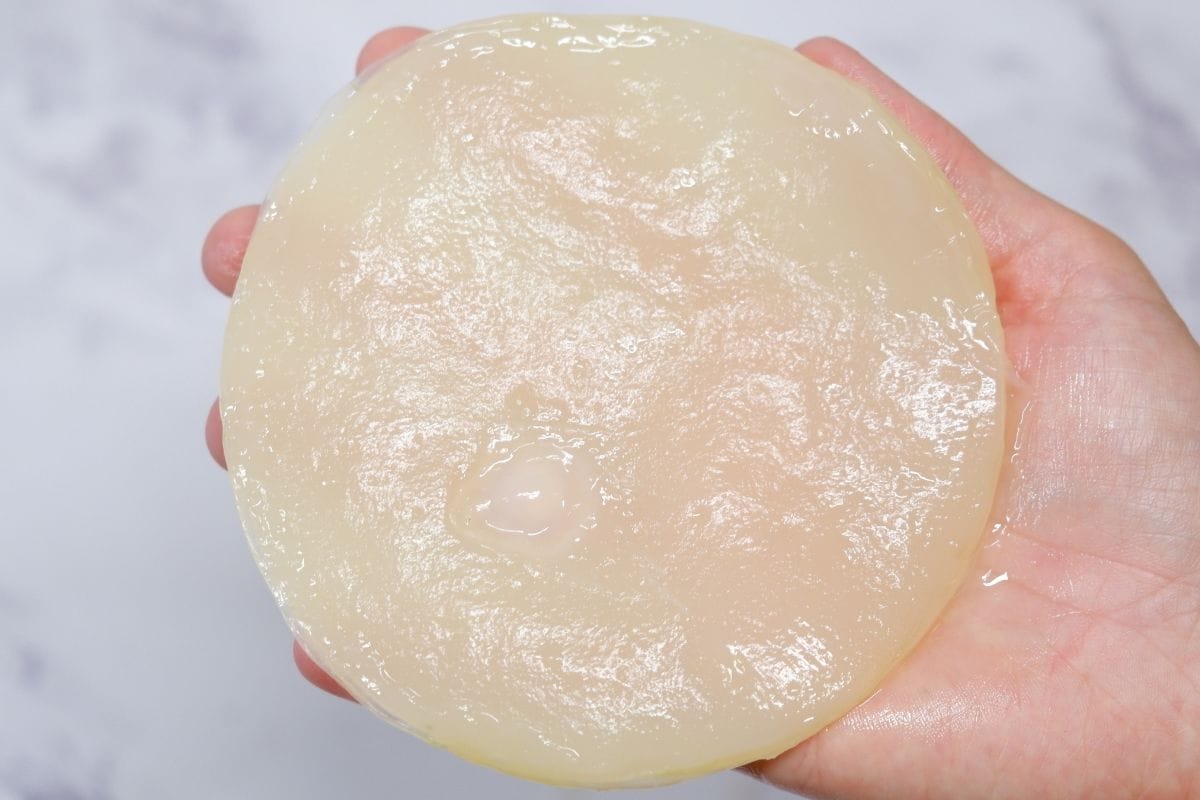
What Happens if You Remove the SCOBY?
Take the SCOBY out of the equation, and you lose:
Many commercial brands opt to filter out the SCOBY completely and then reintroduce lab-grown probiotic strains. But that’s like taking out the engine, adding some oil to the empty shell, and calling it a car.
From SCOBY to Shelf: Why the Brewing Method Matters
How your kombucha is brewed — and whether the SCOBY was respected or replaced — has a huge impact on:
At Good Brew, we use live SCOBYs in every batch, allow full fermentation, and bottle-condition our brews (no force carbonation or pasteurisation). That’s how we retain the living microbial diversity found in our research-backed results.
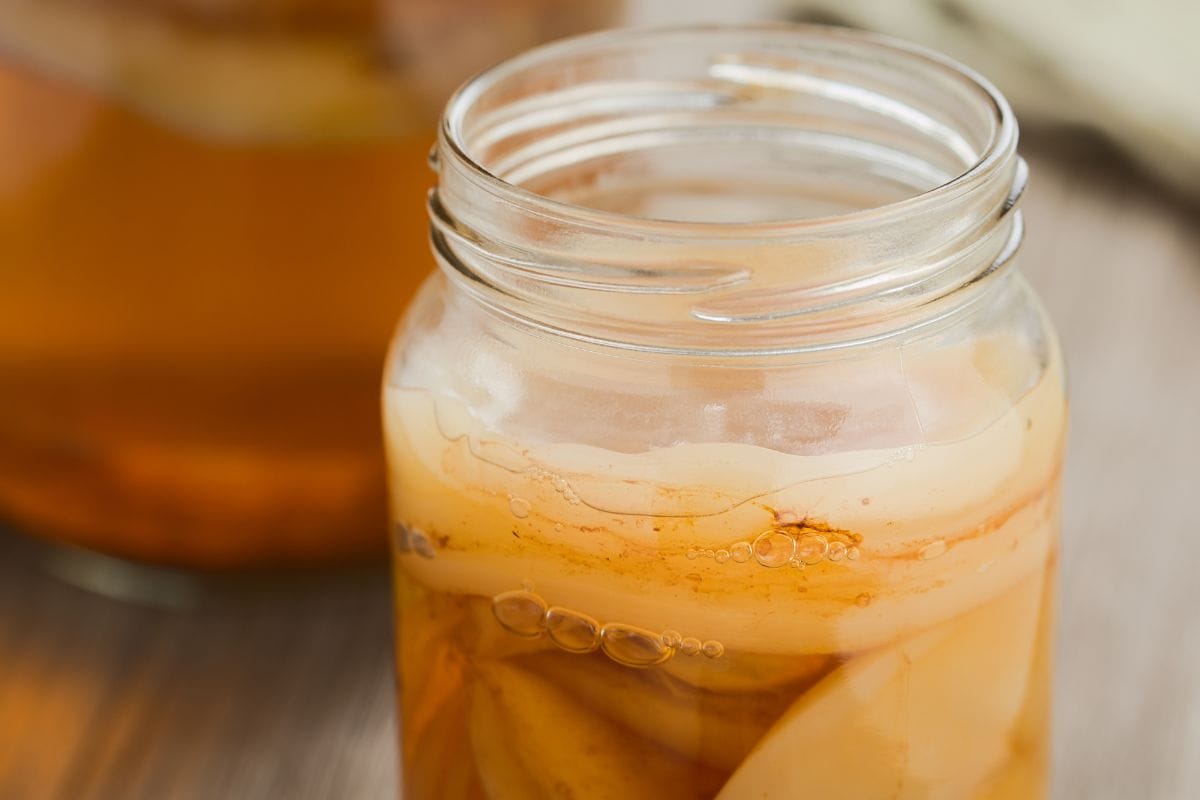
FAQ: Everything You Wanted to Know About SCOBYs
Your Title Goes Here
Your content goes here. Edit or remove this text inline or in the module Content settings. You can also style every aspect of this content in the module Design settings and even apply custom CSS to this text in the module Advanced settings.
Can you eat a SCOBY?
How long does a SCOBY last?
Can a SCOBY die?
Yes. Mould, contamination, or dehydration can kill it. A healthy SCOBY should smell like vinegar and look moist and rubbery.
Is every kombucha made with a SCOBY?
The Bottom Line: SCOBY = Life
At Good Brew, we don’t just use SCOBYs. We respect them. Every batch is raw, unfiltered, and shaped by these microbial cultures.
Try our traditionally brewed kombucha and taste what a real SCOBY can do.

 54 Hope St, Brunswick VIC 3056
54 Hope St, Brunswick VIC 3056
